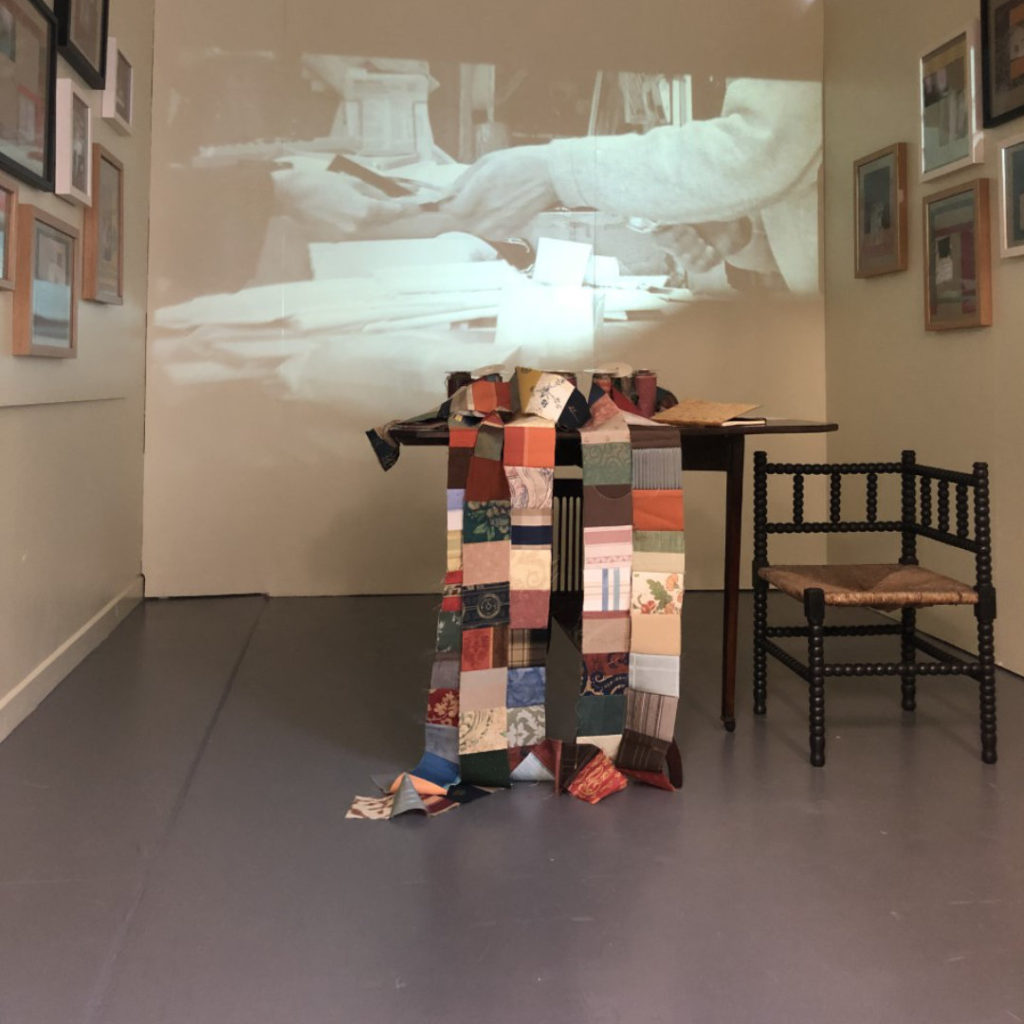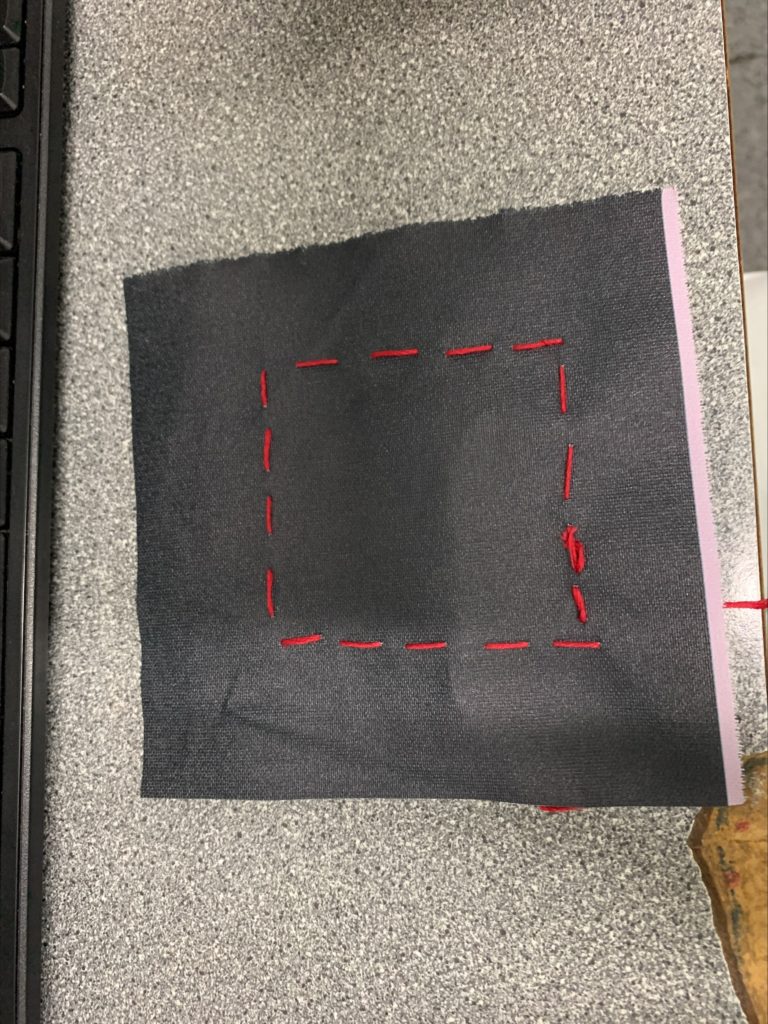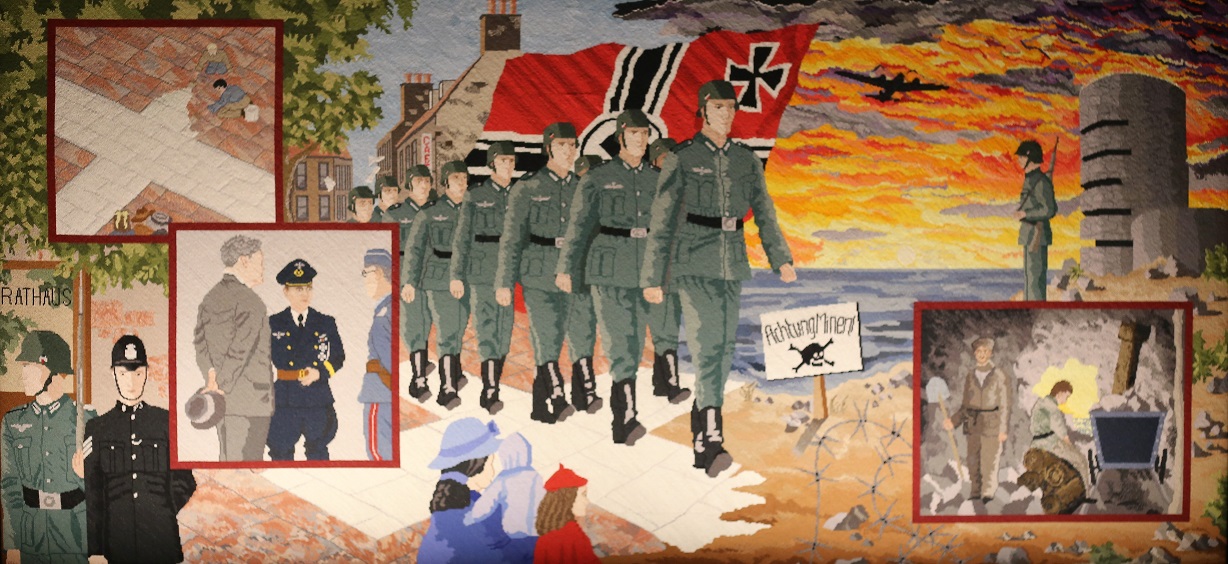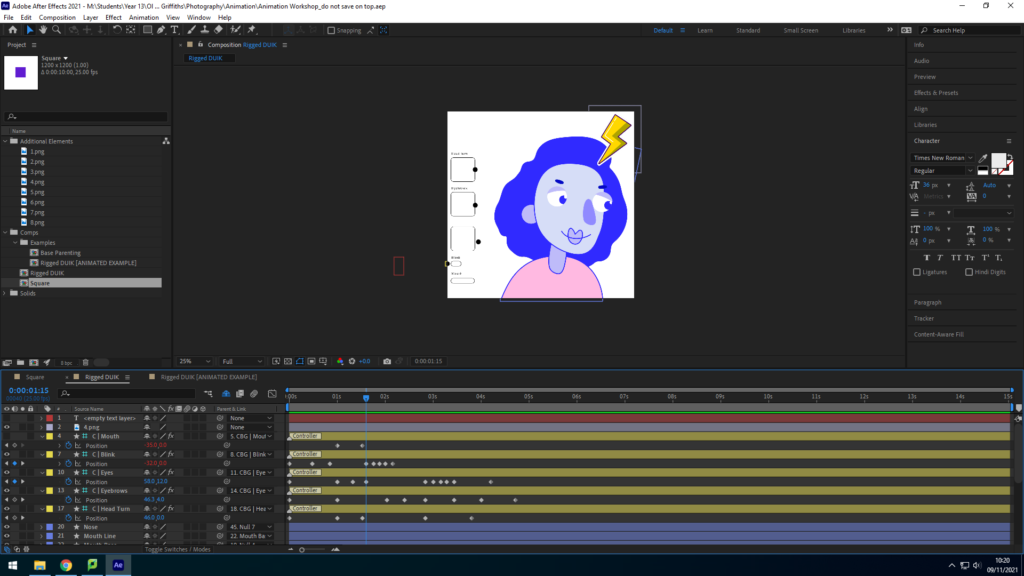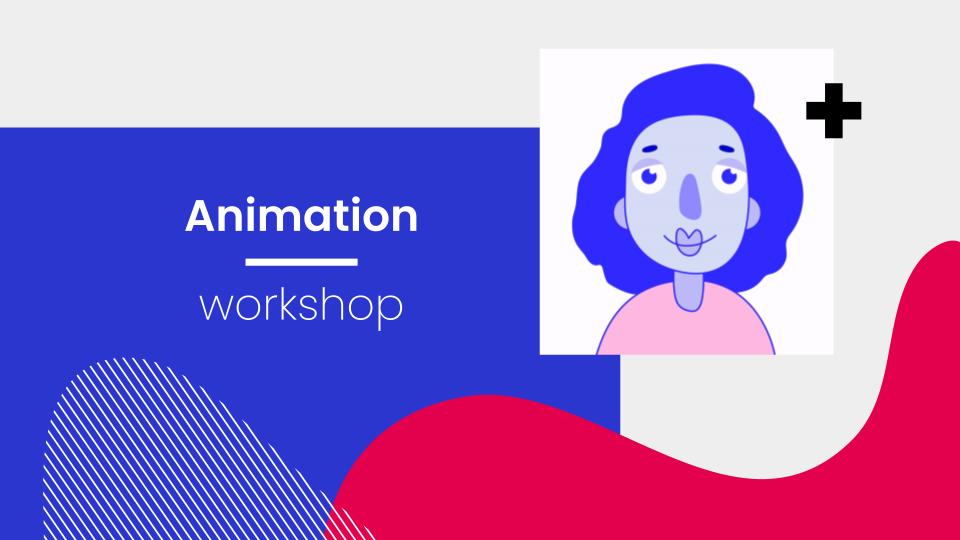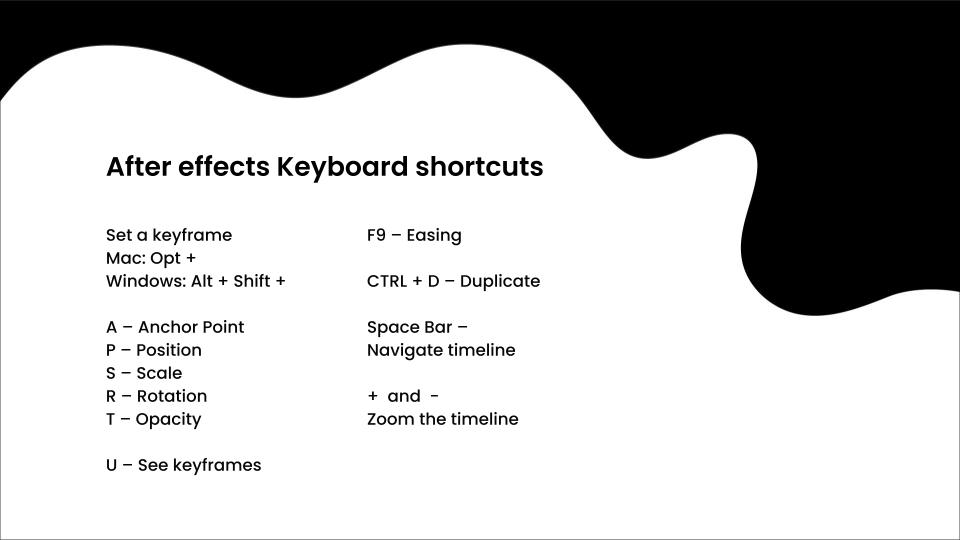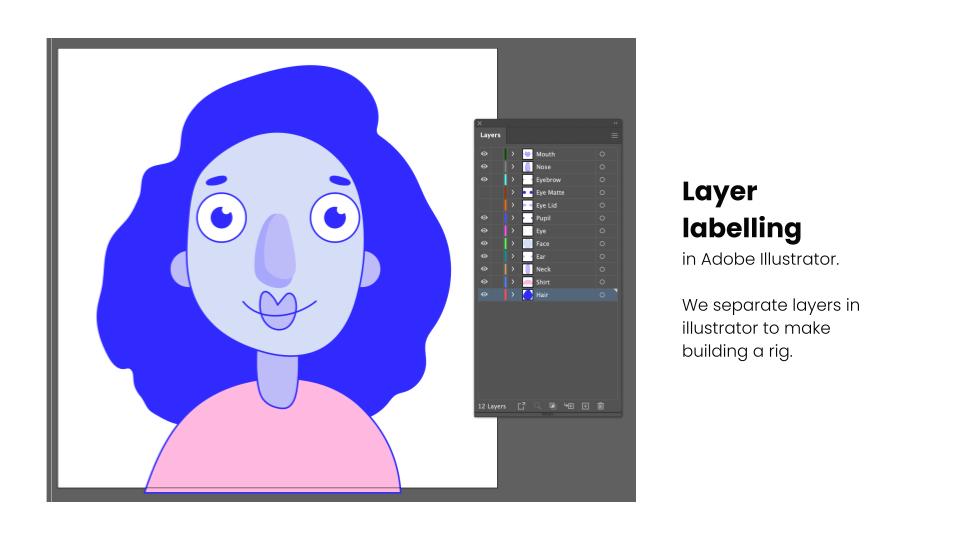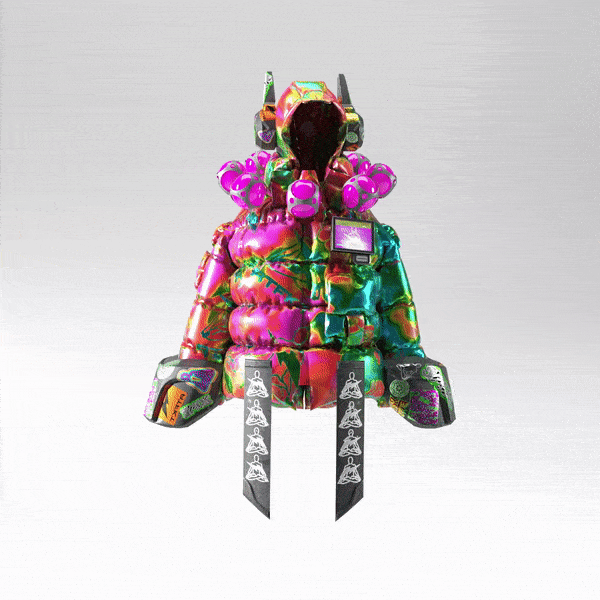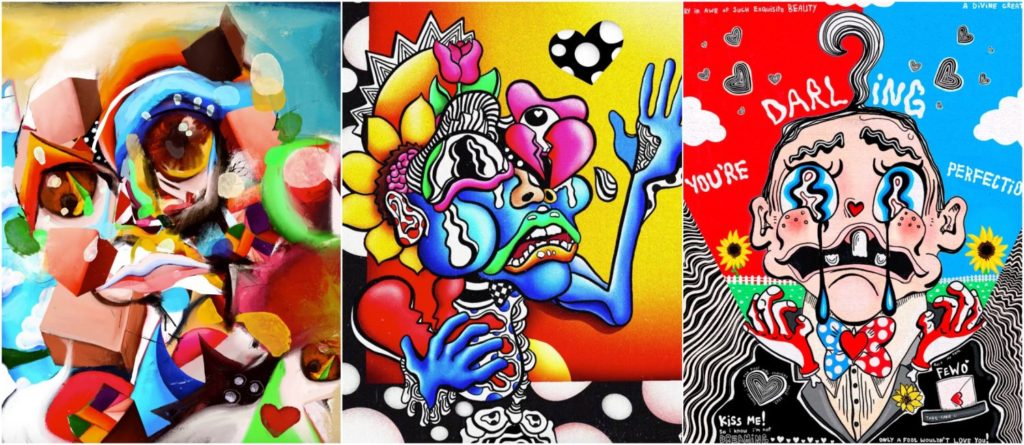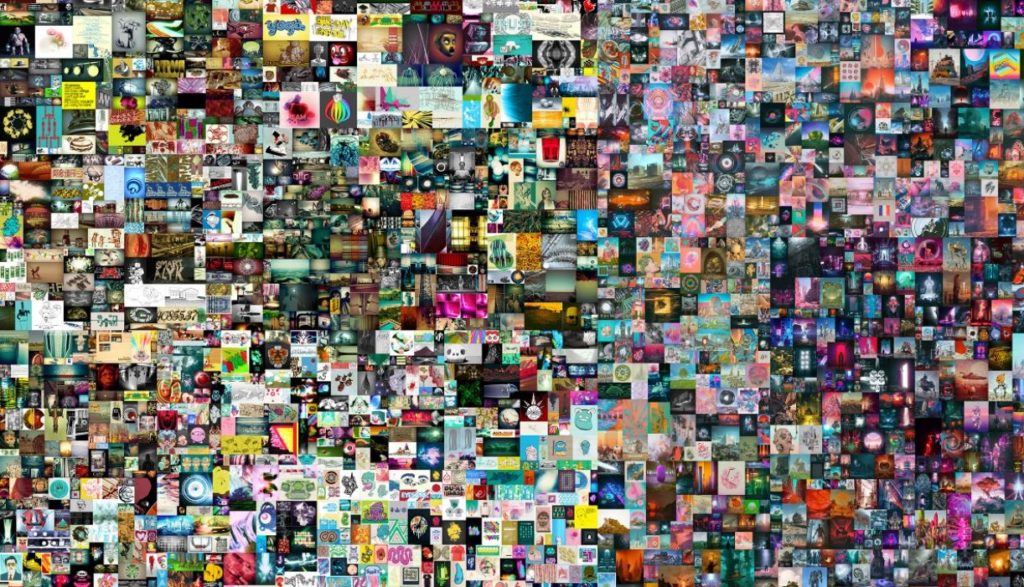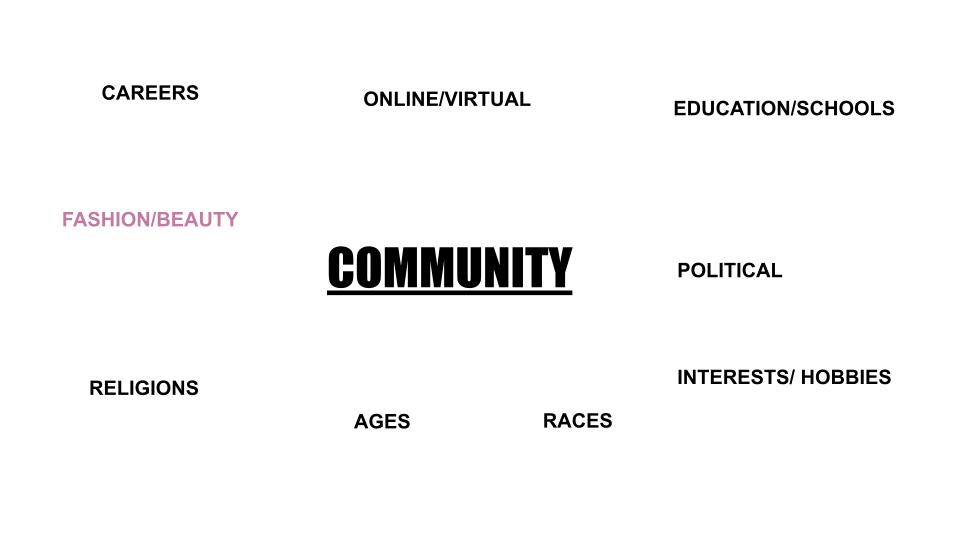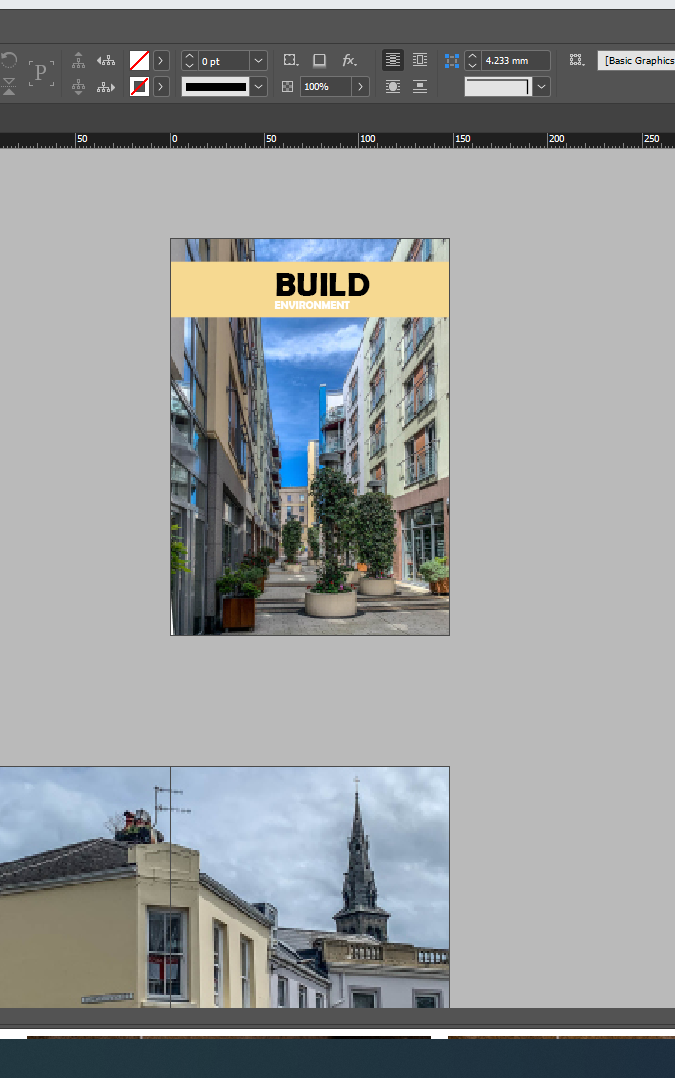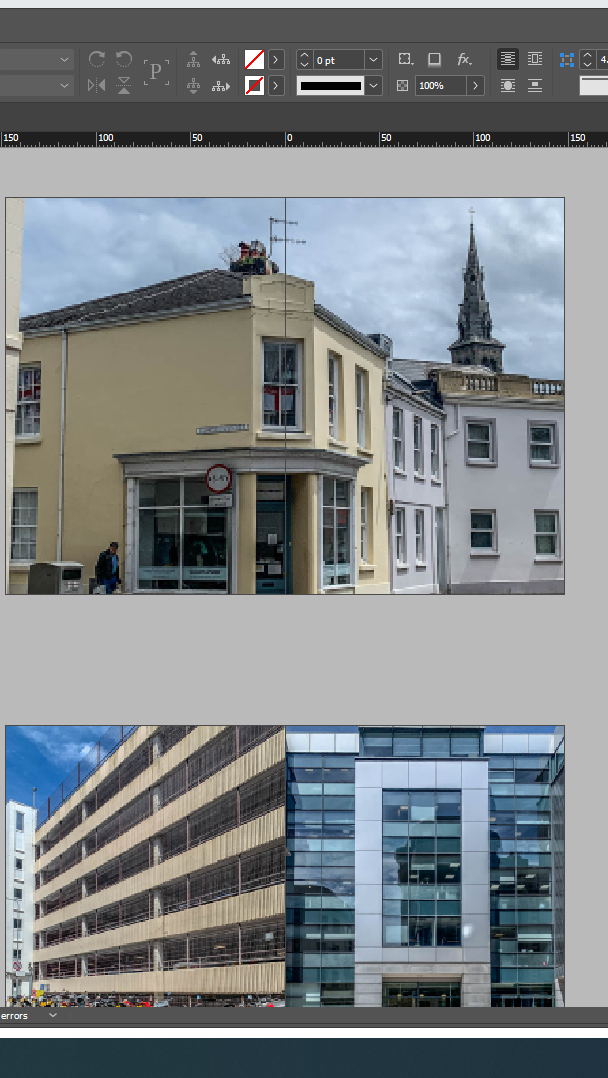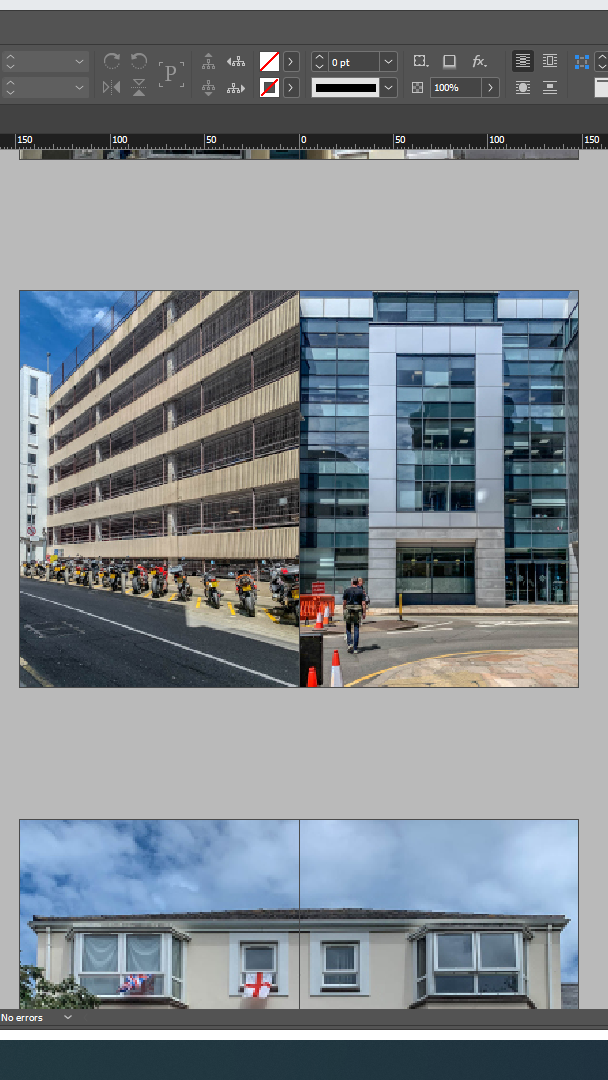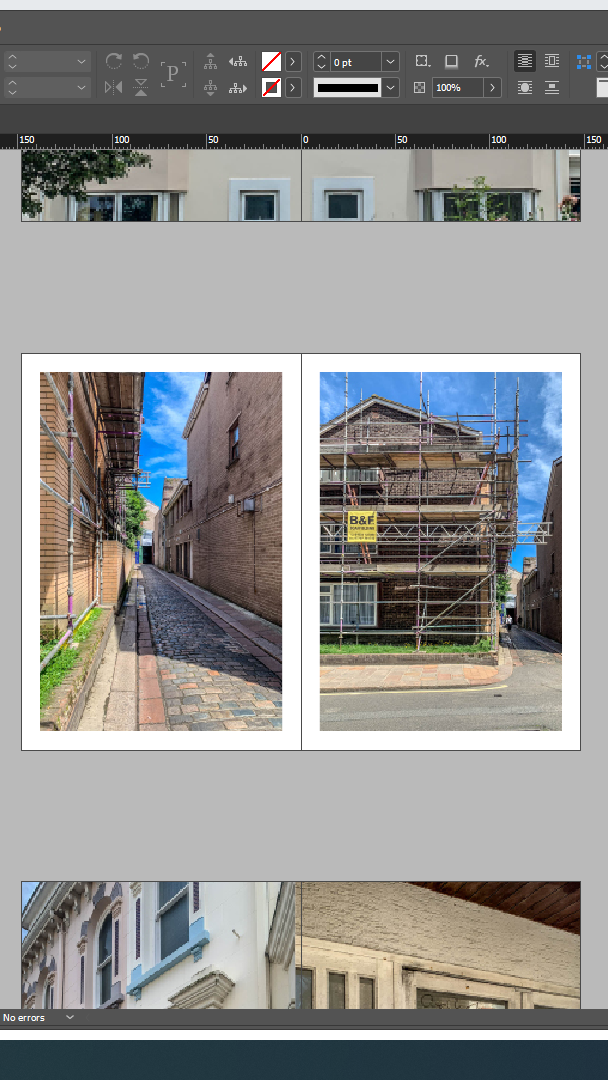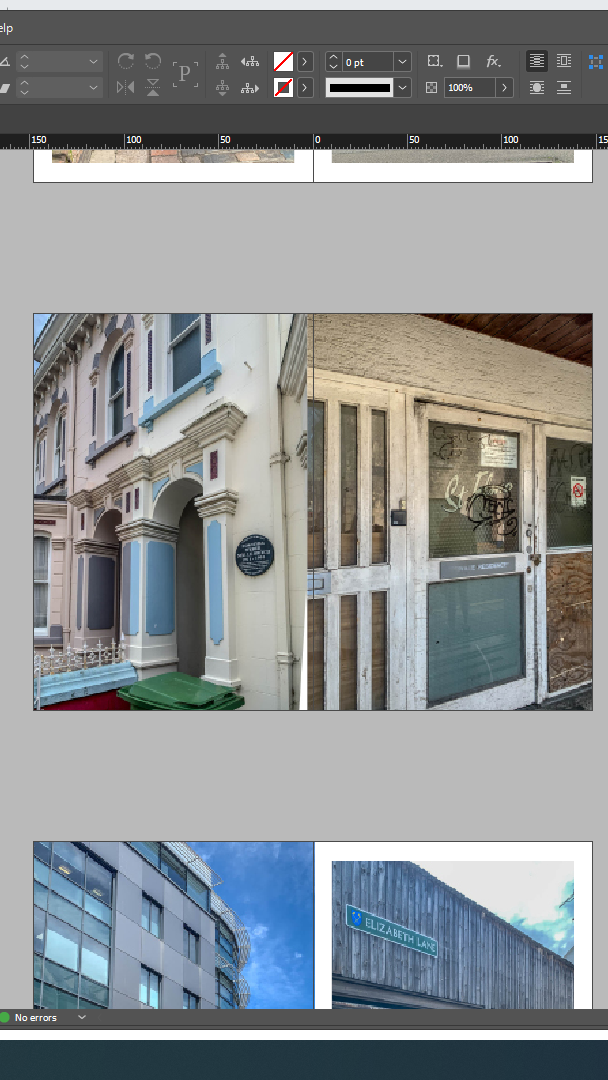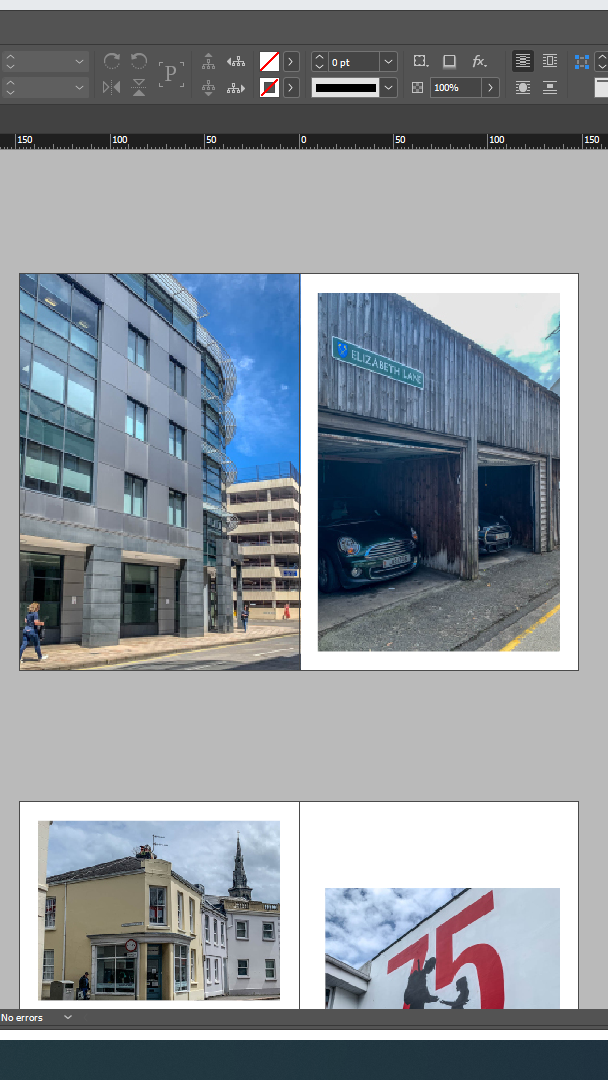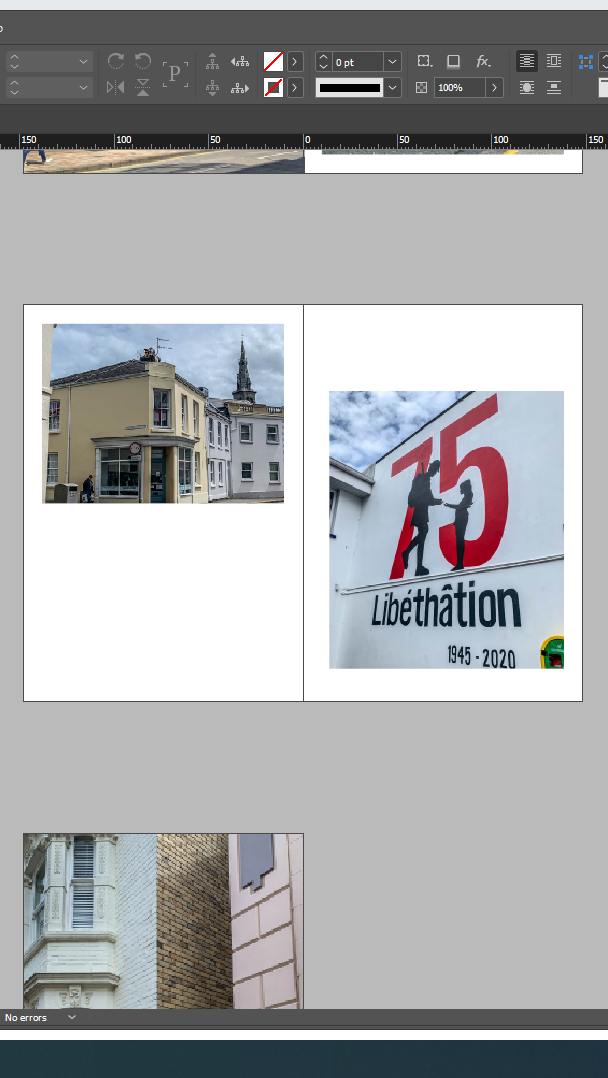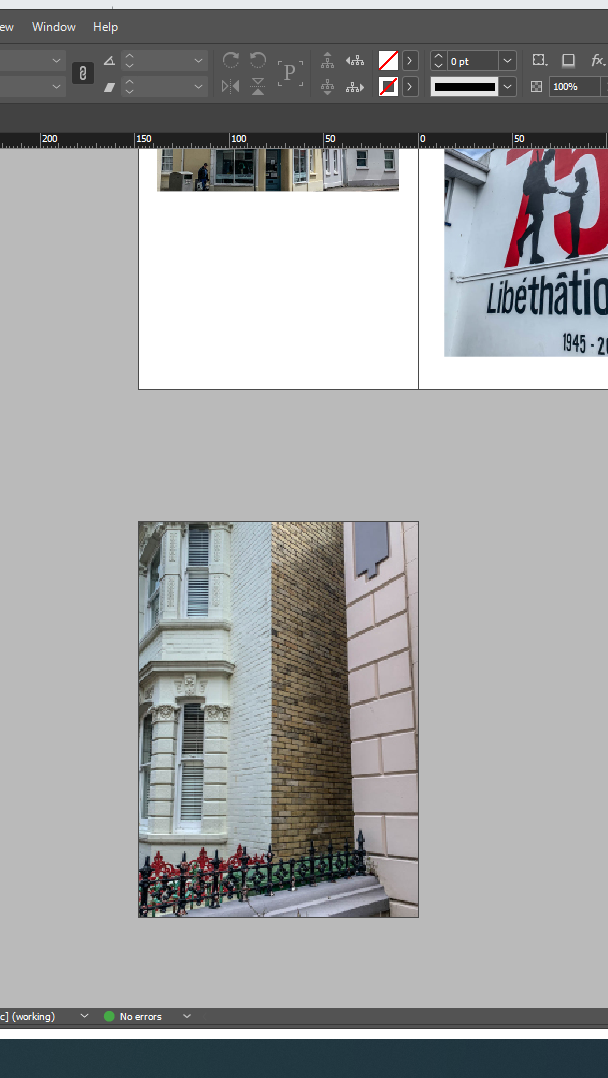A storyboard is a graphic organizer that consists of illustrations or images displayed in sequence for the purpose of pre-visualising a motion picture, animation, motion graphic or interactive media sequence
We are going to film fashion through all the different decades. Our chosen decades are – 70s, 80s, 90s, 2000’s and 2020’s. We will do this by using one of our female friends to model for us. She will walk across two set points in the studio and film each decade in the exact same way. After all these clips are filmed we will put them all together and each second will cut into a different decade, with the finishing video being her walking across and her outfit changing several times representing the different decades.
scene 1 – the first thing we will film will involve a 70s based outfit, our model will walk across two points.
scene 2- then we will film our second scene which involves an 80s based outfit
scene 3- model walking across wearing a 90s based outfits
scene 4- model walking across wearing a 2000’s based outfit
scene 5- model walking across wearing a 2020’s based outfit
then we stop shooting, after we have filmed all of our clips we will merge them together to make sure the scenes change and cut through all the different decades.
a small storyboard plan of our outfit inspiration;
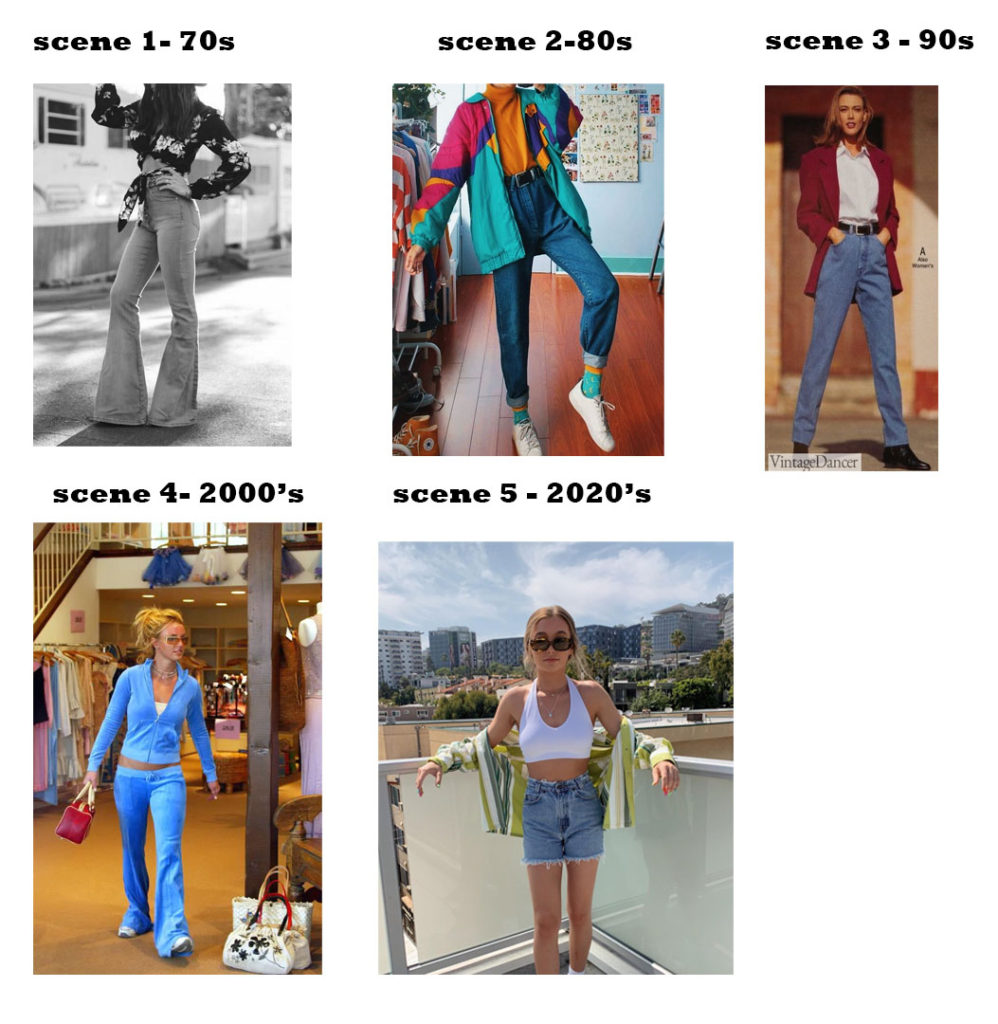
we will mark two points in the studio, in front of a large white backdrop, the model will work vertically towards the camera to make the outfit the most visible. We will have to take 5 videos of the model, each video with a different outfit from one of the 5 decades. Once we have those clips we will cut them into small second videos on a software so that the decades are swapping a the model is walking.

